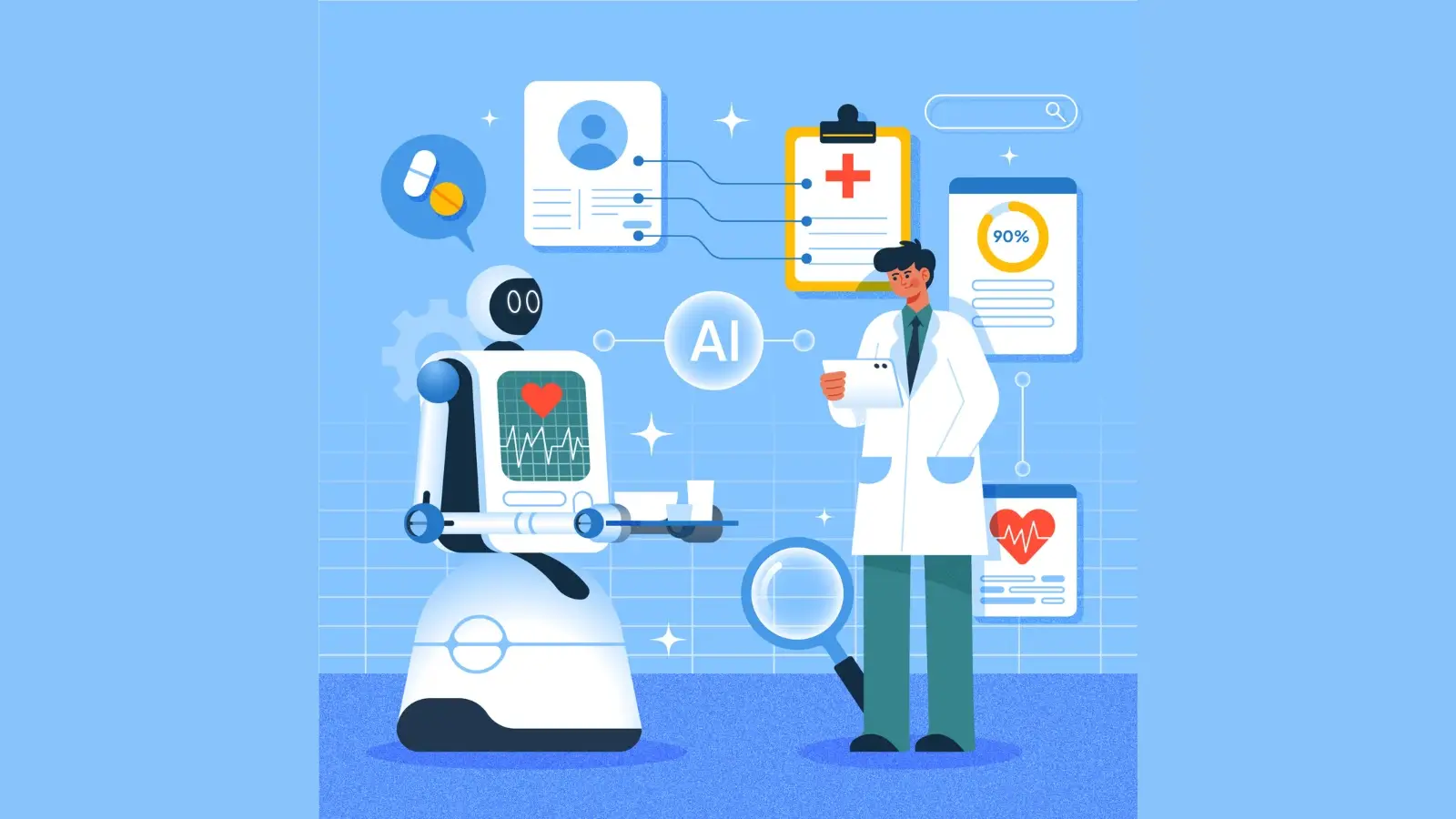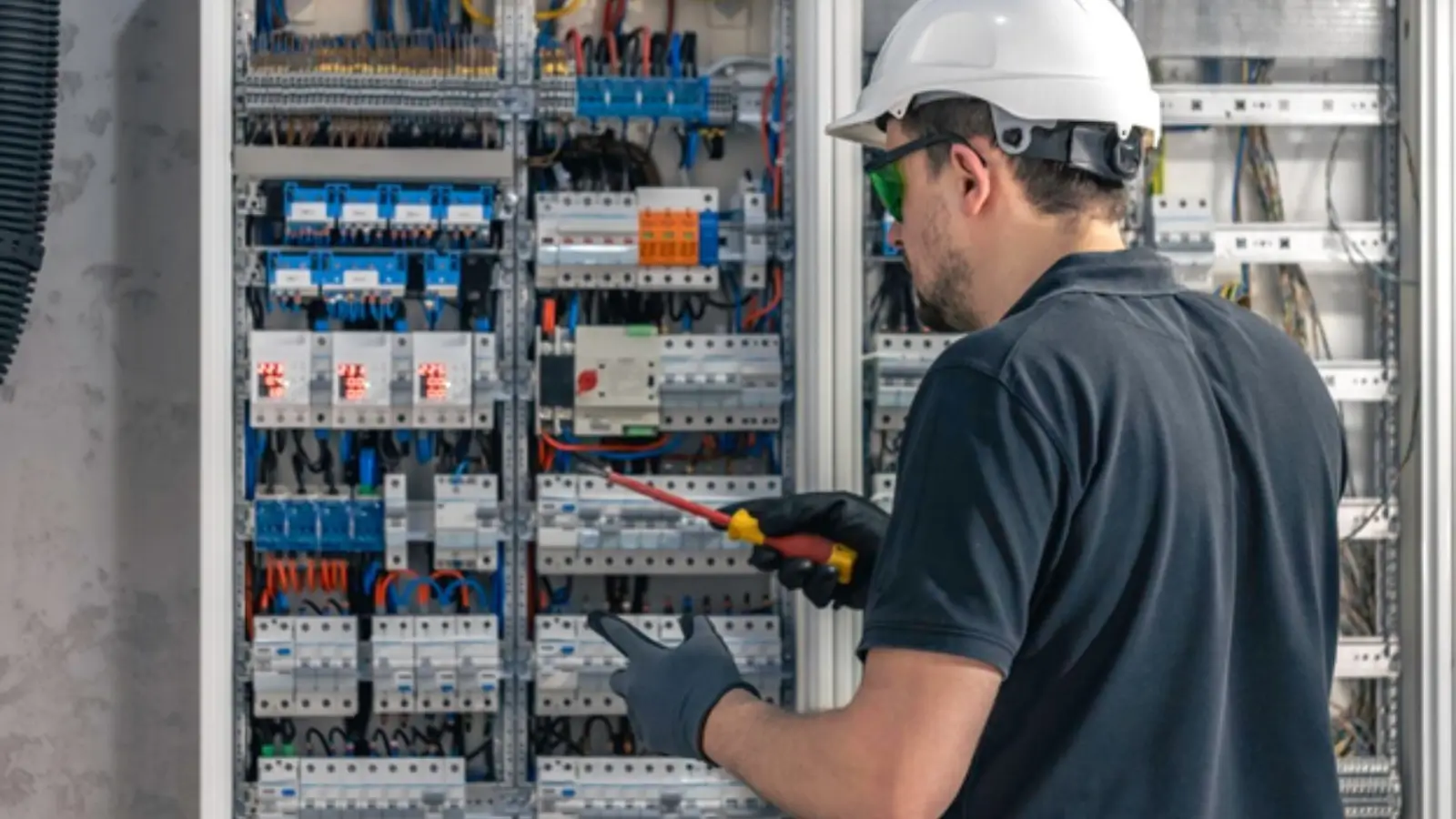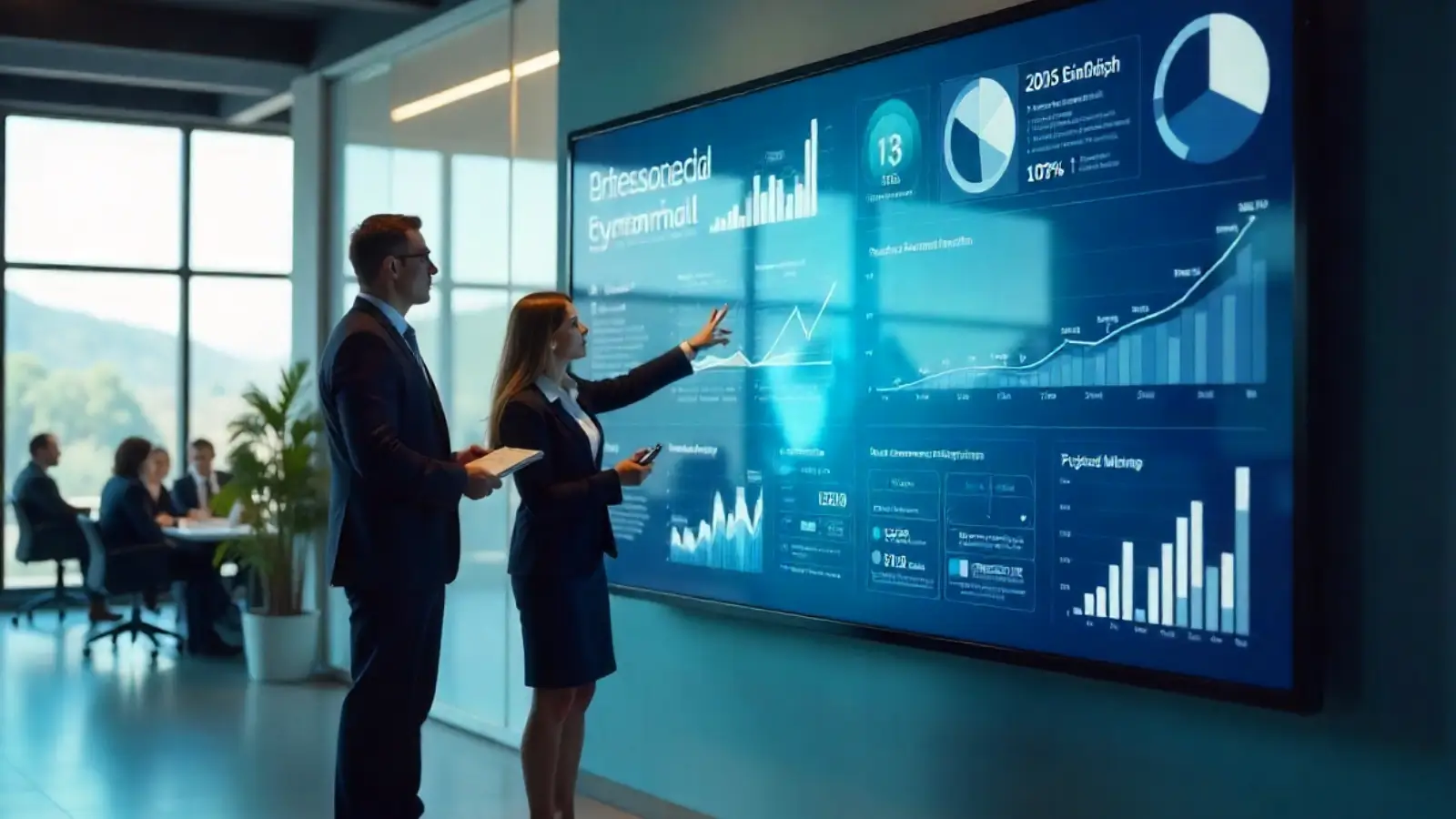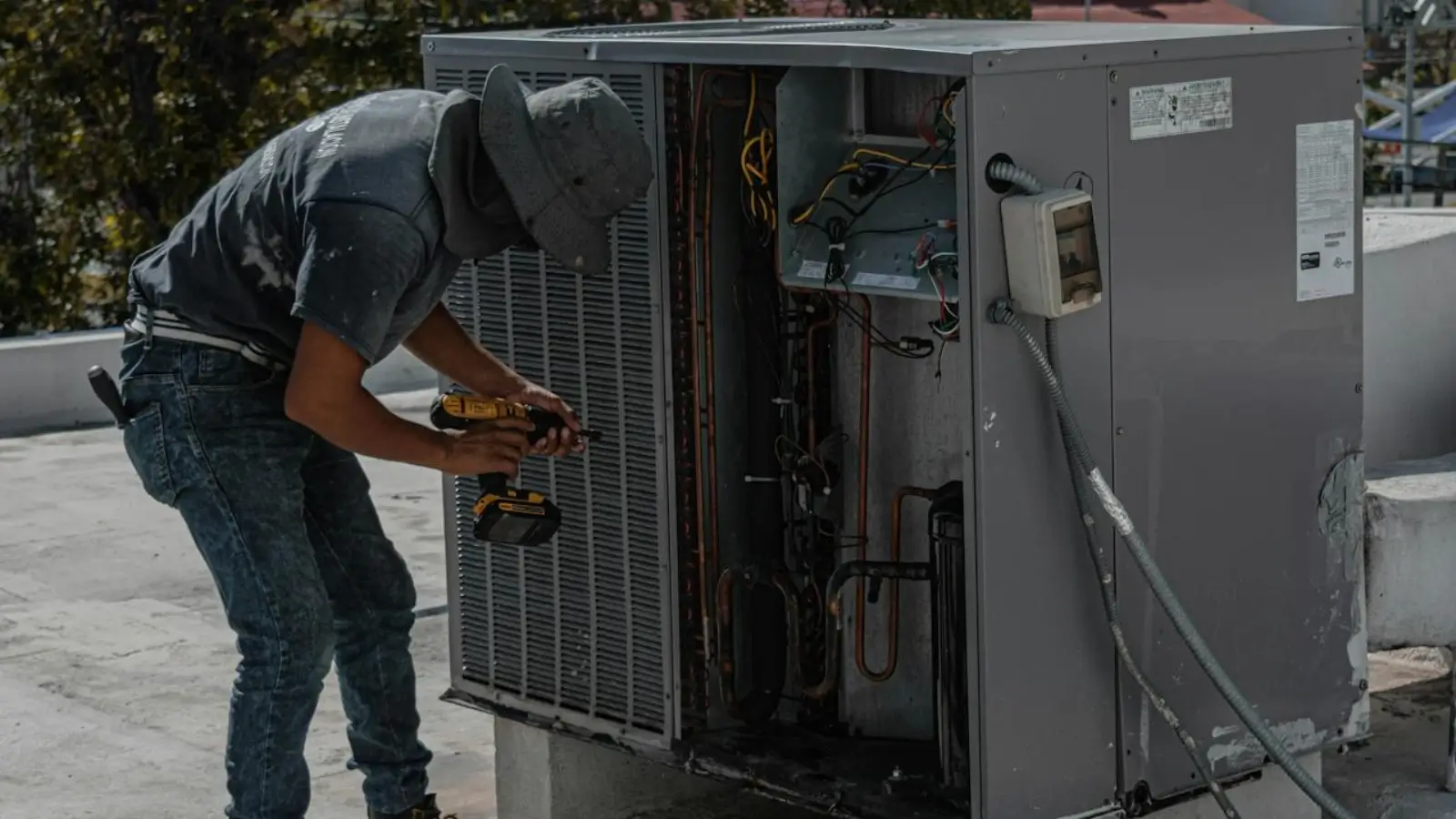Feeding a rapidly growing global population has its own set of challenges, but no less so because of the increasingly unpredictable and extreme weather. Agricultural resources like land and water are facing strain, so the imperative is clear: we need to be more efficient, productive and sustainable with our farming. Unfortunately, this is difficult to achieve with a top-down approach, so it will depend on the farmers.
Fortunately, a 4th-wave of the industrial revolution is coming along at the right time. "Smarter agriculture", which is often referred to as precision farming, is the use of IoT and technology. And, one part of this is satellite remote sensing. This is more than just taking pictures from space. It’s all about creating sophisticated data pipelines that transform raw observations into vital farming intelligence.
Understanding agricultural satellite data
Satellite imagery for agriculture captures considerably more than what the human eye sees - even though it’s much further away. While visible light (RGB) images are certainly useful, much of the really important information lies in other spectral bands, like Near-Infrared (NIR). Plants are very reflective to NIR light, so healthy vegetation reflects more NIR than stressed vegetation. This principle alone forms the basis of indices like the Normalized Difference Vegetation Index (NDVI), which is essentially an agricultural KPI. Also using NIR is the Normalized Difference Water Index (NDWI), which measures water content in leaves and soil (this reveals water stress).
The frequency of image capture (temporal resolution) and the level of ground detail (spatial resolution) from satellites like the Sentinel or Landsat constellations are also important for timely monitoring and decision-making.
The satellite image pipeline
AI solution companies like DigitalSense are using satellite image pipelines to help automate a digital workflow. By systematically converting raw satellite data into usable agricultural information, producers can improve efficiency and consistency. Though DigitalSense has expertise within this area, it may also be possible to benefit from pure AI specialists like Brainpool and Wolfestone to get started. Traditional agricultural consultants like Texas Ag, however, do not hold the right skills.
The process involves a few stages. It begins with Acquisition, which is where relevant data is either sourced from archives, or newly tasked satellite captures which are accessed via APIs.
Next comes Pre-processing. This involves geometric correction or orthorectification to accurately map the image to the ground coordinates. Radiometric calibration is what converts sensor readings into meaningful physical units like surface reflectance. Atmospheric correction removes distortions like haze and aerosols, which is important for accurate index calculations and standardizing images so they can be compared over time. Cloud masking can also help identify and remove obscured pixels.
Next is the Analysis. This could be algorithms which calculate indices like NDVI, but more recently is the use of Machine Learning for pattern recognition, like predicting diseases early on. This is why producers are turning to AI companies and away from traditional agricultural consultants, because AI can detect patterns even expert humans cannot - even without the same level of knowledge. After all, when operationalized into data, there is room to transcend traditional analysis.
Finally, Delivery. These are packaged into digestible insights, be it alerts, stats, dashboards, and maps. They can typically be accessed via a web platform, making them mobile friendly, but in some cases could be directly integrated into a farm management system.
Smarter fields using pipelines
The true power of these pipelines lies in their outputs. They drive tangible actions on the farm, else it would simply be futile information. Consistent delivery of processed NDVI maps manifests into more precise Crop Monitoring, where farmers can identify areas experiencing stress from either pests or diseases, or perhaps nutrient issues. Because these are detected earlier on, farmers are no longer being reactive, but proactive.
This same spatially detailed information also helps fuel Variable Rate Application, which is where pipelines generate management zone maps based on vegetation vigor or soil characteristics. These maps help guide tractors, which are equipped with the right VRA tech, to apply specific amounts of fertilizer or pesticides only where needed. This is a gain in efficiency, as time and costs are kept down from not treating the entire crop. Perhaps more importantly, this can decrease emissions and other environment impacts, making it a much greener farm.
Integrating pipeline data with weather models can also help with Yield Prediction, which then aids logistical planning as well as market decisions (financial forecasts will simply be more accurate with a better yield prediction). Large-scale Crop Type Mapping also uses automated classification to inform supply chains and government agencies, while in the aftermath of floods. Damage Assessment pipelines help process imagery to quantify its full impact much quicker and more accurately. This doesn’t only help insurance, but can help aid the community.
Harvesting insights from orbit
Satellite image pipelines are no longer a niche or exclusive technology. Data from these can readily be purchased and used to help drive smarter agriculture. They help transform raw orbital data into actionable intelligence, and it’s a balance of technology, AI and agricultural understand that comes together to really optimize the use of this data that is available.

















